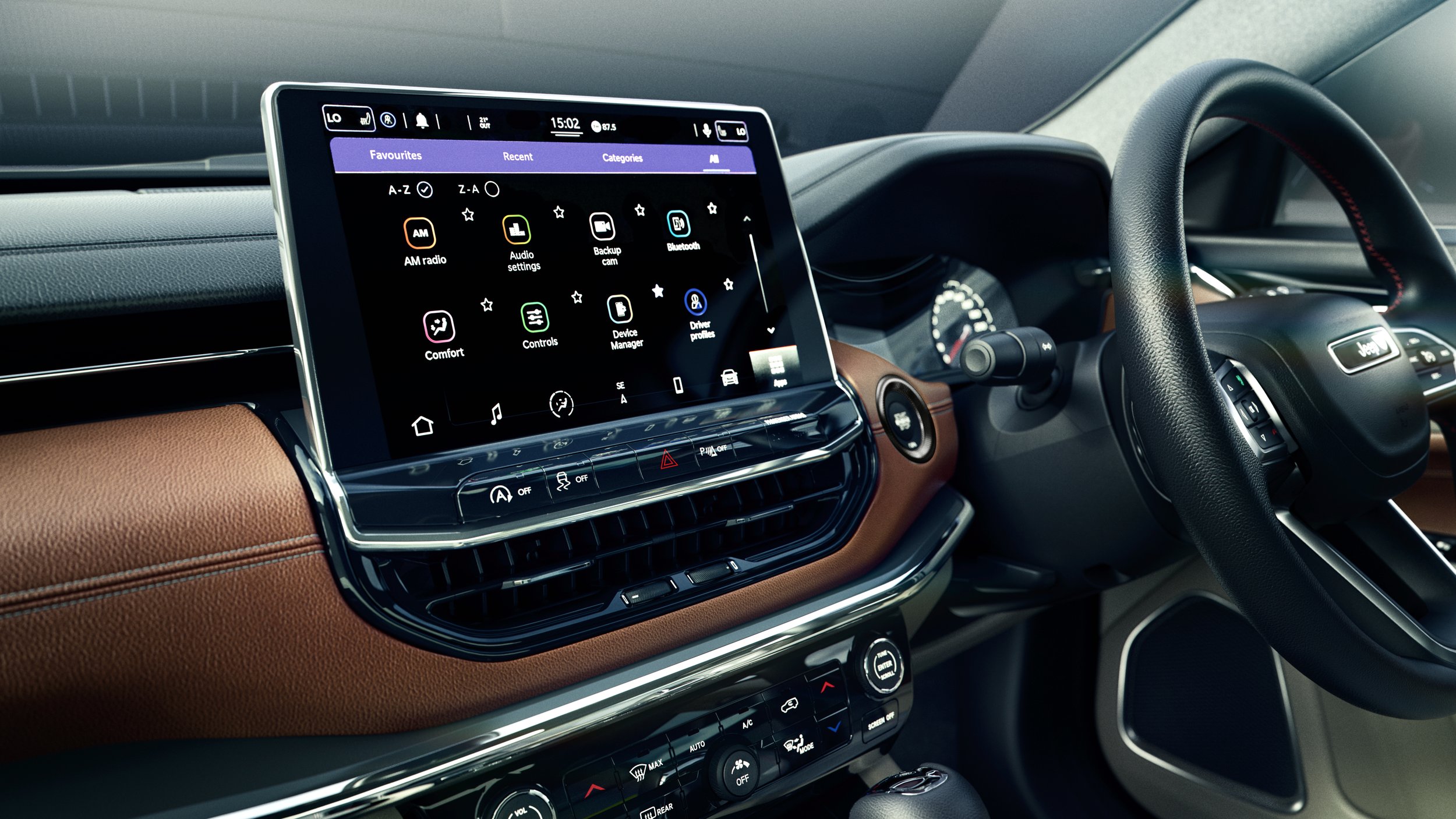Updated Compass sets new course
/Jeep’s compact crossover achieves technology upgrade, but also increases in price, in part because of Clean Car impact.
BEING one gram over the new Clean Car CO2 cut-off has added additional cost to an updated version of the Jeep Compass that has finally hit New Zealand, almost a year on from its international unveiling.
The refreshed car might have avoided an emissions penalty had it configured with a plug-in hybrid drivetrain that avails overseas, but that unit is still only going into left hand drive versions.
The New Zealand market models, which reduce from three variants previously to two that both cost considerably more than those predecessors, configure with the 2.4-litre TigerShark petrol engine which has been a Compass choice since 2016.
That 129kW/229Nm powerplant’s manufacturer-cited emissions count of 193 grams per kilometre is 1g/km above the Clean Car cut-off.
Ostensibly, the penalty for that is $402.50. However, that assumes the count has been assessed to the latest worldwide harmonised light duty test procedure (WLTP) standard that is the measuring stick here. If it is a US figure, then adjustment to WLTP is required. And that raises the penalty to $1667.50.
Clarification has been sought from Jeep’s national distributor, Ateco Group NZ.
The model’s price has also risen and model names are new. Previously here in Longitude, Trailhawk and Limited, for between $37,990 and $44,990, the crossover now comes in as a front-wheel-drive Night Eagle with six-speed automatic for $49,990, and an all-wheel-drive, nine-speed auto S-Limited, for $59,990.
On both those, there’s the option of premium paint, which adds $1000. The Night Eagle, which will be available from July, can also be ordered with a sunroof, for $3000.
The S-Limited that lands in May can be configured with a $5000 ‘premium package’ that adds a sunroof, ventilated and heated front seats, a heated steering wheel and surround view camera.
Most of the revision to the model is to the interior.
However, as these images also show, the car achieves new exterior design cues as well.
The model is built in Italy, by Fiat, and has become a core model in Europe for Jeep, now part of the Stellantis empire that merges Fiat Chrysler with Peugeot-Citroen’s PSA.
A 4xe variant recently introduced in Europe and was Italy's best-selling plug-in hybrid in 2021. However, despite Jeep having signalled that the battery-assisted drivetrain might eventually become a feature of the updated model in its right-hand-drive configuration, that has not yet eventuated. The model also delivers in Europe with a Fiat-derived 1.3-litre turbo petrol producing 95kW or 110kW and a 1.6-litre diesel with 95kW.
The big change in the cabin is the introduction of a 10.25-inch high-definition digital instrument cluster, with the infotainment touchscreen (available in either 8.4in or 10.1in forms) relocated to the middle of the dashboard for improved access.
The infotainment system itself has been upgraded with a processor five times faster, added connectivity features, smartphone mirroring functionality, voice recognition and 3D sat-nav.
Changes to the outside are more subtle, but slimmer headlights and restyled bumpers help to differentiate the new Compass from the outgoing model.
The updated Compass is Jeep's first European model to come equipped with Level 2 autonomous functions. Standard features include traffic sign recognition, drowsiness alert, automatic emergency braking, adaptive cruise control and lane-keeping assistance.


















